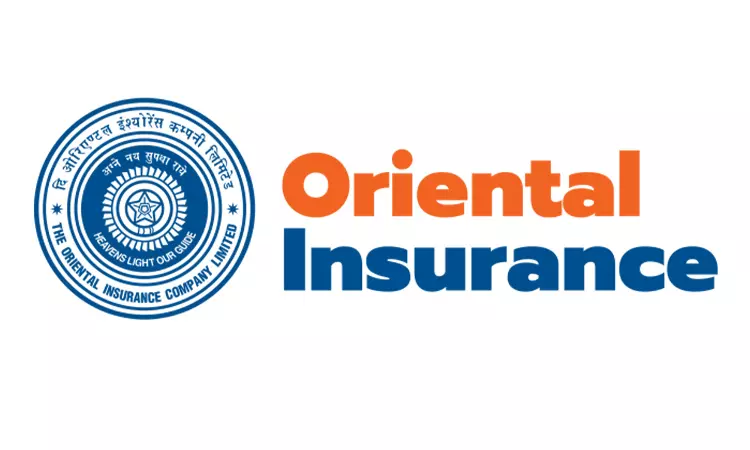NCDRC Holds Oriental Insurance Co. Liable For Wrongful Repudiation Of Fire Claim Submitted By NALCO
Smita Singh
30 Oct 2024 12:34 PM IST

Next Story
30 Oct 2024 12:34 PM IST
The National Consumer Disputes Redressal Commission (NCDRC) bench of Justice A.P. Sahi (President) and Dr Inder Jit Singh (Member) held 'Oriental Insurance Co. Ltd.' liable for the wrongful repudiation of a valid insurance claim submitted by National Aluminium Company Ltd. (NALCO). The Insurance Company cited an exclusion clause for repudiating the fire claim based on unsubstantiated...
